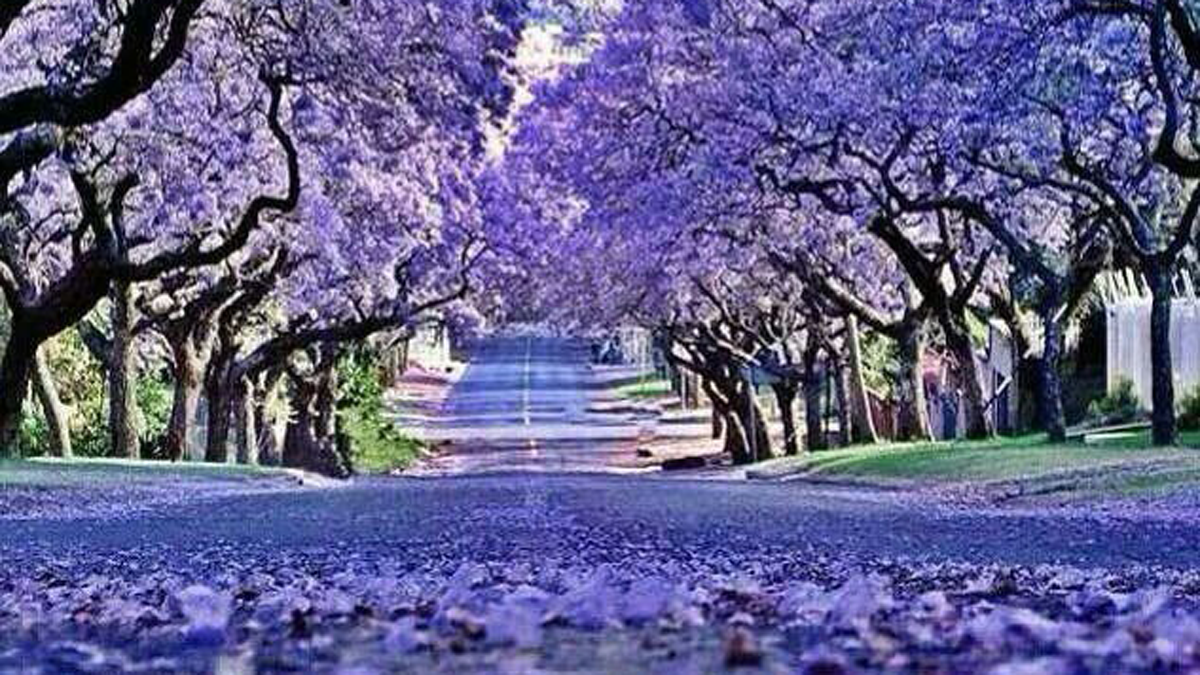Sea of purple brings relaxing waves
This week, I choose to gloat about my country’s natural beauty.
And the timing is perfect seeing as a good part of Zim is currently alive with purple as the jacaranda trees are in full bloom.
The trees lining up the streets are a sight to behold, giving nature lovers the perfect opportunity to capture their splendor on camera. I am reliably informed there is something similar along Francistown’s Blue Jacket Street, albeit on a much smaller scale.
I enjoy driving through the streets lined up with jacaranda as it gives me that refreshing feeling.
I sometime even ignore the high fuel prices and take the longest route to my destination just so I can enjoy and appreciate the attractiveness of the purple trees!
I used to do that quite often when I was working in Harare as there is a particular street with a long stretch of the trees on both sides which makes the drive even more uplifting.
I guess we have to thank the couple that brought the seedlings to then Salisbury; otherwise we wouldn’t be having these lovely trees in Zimbabwe.
According to information at hand, the jacaranda was first introduced to Salisbury (Harare) in 1899 by a honeymooning couple who carried six seedlings from the botanical gardens in Durban.

The rest, as they say, is history as the country now has hundreds of these trees all over various towns, cities and villages including in our farming community of Figtree, which is along the Bulawayo-Plumtree highway.
Some tourists actually prefer to visit Harare in particular at this time of the year so they also get to see the sea of purple.
Anyway, the article is not only about the jacaranda but generally about the natural beauty of Zimbabwe despite the challenges that we are going through.
It’s a pity that I don’t have the luxury of space to splash eye-catching pictures of various attractions in Zimbabwe but I am sure you, dear reader, already know some of the landmarks I’m talking about.
The first that comes to mind is obviously the mighty Victoria Falls, then we have Matobo National Park, which are home to the iconic balancing rocks, Hwange National Park, the Kariba Dam and Great Zimbabwe ruins to mention just a few.
Oh, and not forgetting Inyanga, which the late Queen Elizabeth referred to as the little England because of its picturesque landscape, lush green vegetation and the cool weather conditions all year round.
Back in the days, the tourism industry was the country’s biggest foreign currency earner.
While these spectacular attractions still stand, the country itself has not been a draw card for tourists in recent years because of various high-profile issues such as human rights abuses, corruption and the not-so-good political and economic climate.








LOVELY